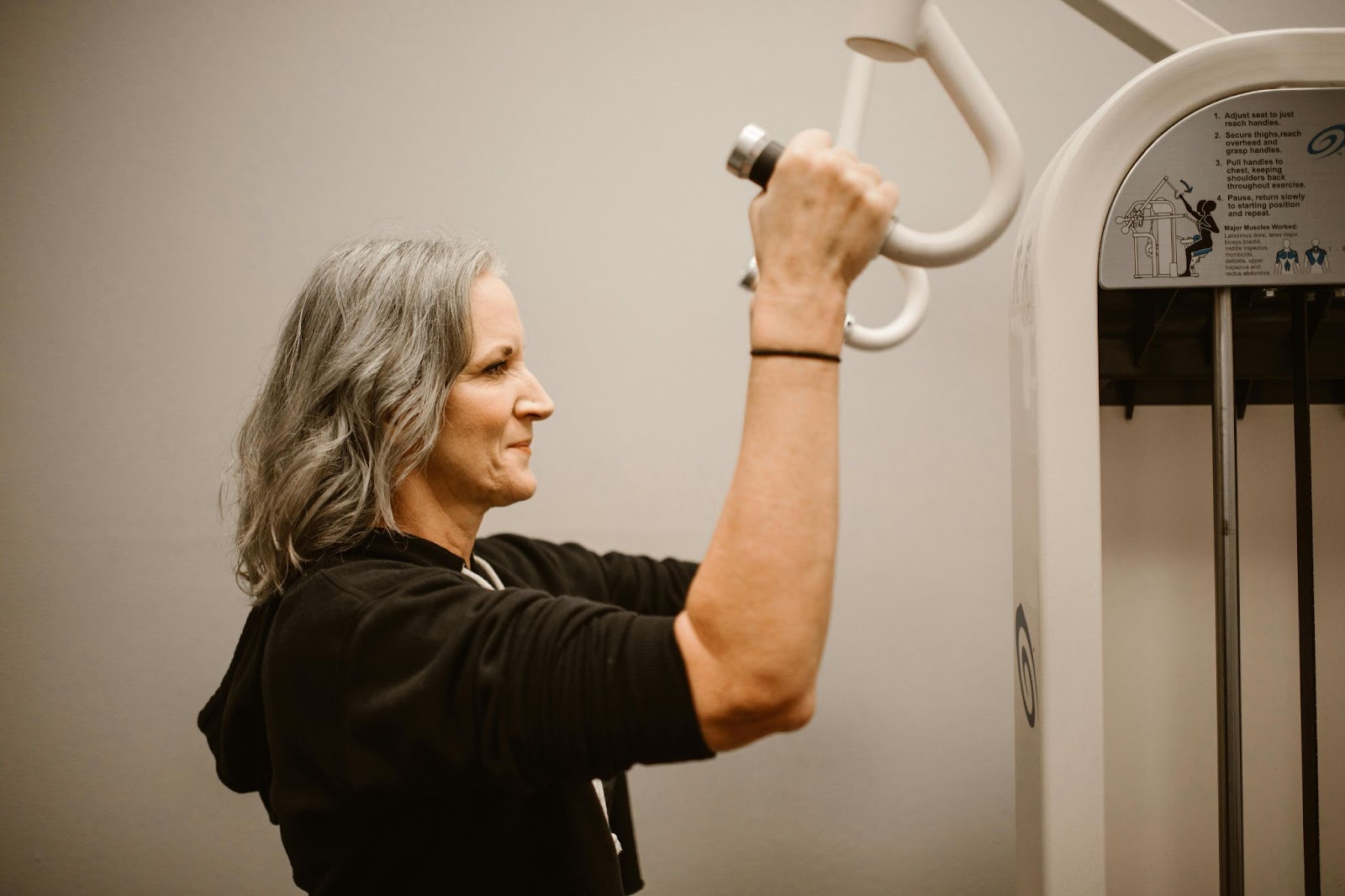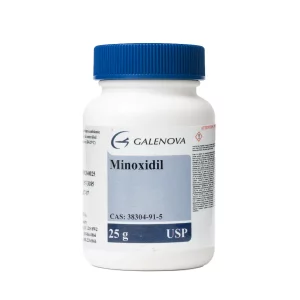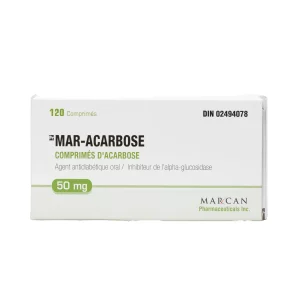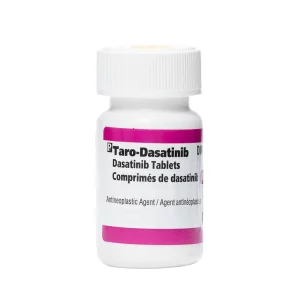Your cart is empty.
Your cart is empty.
While widely recognized for its ability to combat hair loss, particularly in conditions like male and female pattern baldness, the potential benefits of minoxidil extend beyond stimulating hair follicles. Emerging research and anecdotal evidence suggest that minoxidil may also play a role in scar tissue regeneration. The effects of minoxidil on minoxidil scar tissue repair are increasingly being explored within medical and cosmetic dermatology, offering a novel perspective on this well-established medication.
This article delves into the practical application of minoxidil on scars and provides an overview of the current scientific understanding in this intriguing area. We will also briefly touch upon Minoxidil vs. Finasteride in the context of hair growth related to scarring alopecia and consider Minoxidil and hair longevity within this specific application.

Scars are the body’s natural response to injury, resulting from the biological process of tissue repair where damaged skin is replaced by fibrous tissue. This scar tissue often differs significantly from the surrounding skin in texture, color, and elasticity. On the scalp, scars can directly impact hair follicles, potentially damaging or destroying them and leading to localized or more widespread hair loss.
Scarring alopecia, or cicatricial alopecia, is a distinct group of hair loss disorders where inflammation destroys hair follicles and replaces them with scar tissue. This type of hair loss is permanent because the follicles can no longer regenerate. Treating scars, especially those on the scalp, presents unique challenges due to compromised blood flow within the scar tissue and the altered collagen remodeling process during healing.
Initially developed as an oral medication for high blood pressure, minoxidil’s hair growth-promoting side effects were quickly recognized, leading to its topical formulation as a solution for hair loss. Its primary mechanism of action involves vasodilation, meaning it widens blood vessels, improving blood flow to the applied area. This increased blood supply is believed to stimulate hair follicle activity, prolonging the growth phase of the hair cycle and potentially increasing follicle size.
When used topically on scarred areas, minoxidil’s vasodilatory properties may also impact the surrounding skin tissue by improving nutrient and oxygen delivery. The introduction of minoxidil for scarring alopecia in dermatological studies stems from this potential to enhance blood circulation and influence the environment around damaged hair follicles, potentially creating a more favorable condition for any remaining or dormant follicles to function.
Several best practices should be followed for individuals considering using minoxidil on scar tissue. Consistent application is key, typically twice daily, adhering to the product guidelines. The technique involves gently applying a small amount of the solution or foam directly to the scar tissue and allowing it to absorb. Both liquid and foam formulations of minoxidil are available; the choice may depend on personal preference and the texture of the scarred skin.
For instance, foam might be easier to apply to larger or uneven scar surfaces. It’s essential to have realistic expectations, as the outcomes can vary depending on the type of scar—surgical scars, acne scars, and trauma-related scars may respond differently. The goal is often to stimulate any remaining follicular activity near the scar and potentially soften the dense, fibrotic tissue through improved vascularization.
Recent studies are beginning to evaluate the efficacy of minoxidil on scars and its potential to promote hair regrowth in scarred areas. While research is still evolving, some data from clinical trials and case studies in scarring alopecia treatment suggest promising results in specific individuals. Minoxidil’s role in encouraging angiogenesis (forming new blood vessels) and influencing extracellular matrix changes may improve tissue health and create a microenvironment more conducive to hair follicle recovery. The potential future uses of minoxidil in regenerative medicine and wound healing are also being explored, highlighting its broader implications beyond hair growth.
Using minoxidil on scar tissue can be a part of a long-term skin and hair care routine, especially for those focused on wellness and longevity. Combining minoxidil with other therapies, such as microneedling (which can help break down scar tissue and improve product absorption) or topical vitamins (like vitamin C, known for its role in collagen synthesis), may offer synergistic benefits. However, it’s crucial to consult a dermatologist before combining treatments to avoid potential interactions or skin irritation.
Consistency in applying and maintaining a gentle overall skincare routine is essential to minimize adverse effects. Building this into a daily self-care regimen can support long-term skin and hair health.
Yes, minoxidil may improve vascularity even in older scars, potentially leading to subtle improvements in texture and the surrounding skin environment, although significant hair regrowth in long-standing bald scars is less likely.
It may be more effective on hypertrophic scars (raised scars) and areas affected by alopecic scarring, where some follicles remain dormant. Deep keloid scars (thick, raised scars that extend beyond the original injury site) may be less responsive.
Twice daily is a commonly recommended frequency for topical minoxidil, but it’s essential to follow the specific instructions provided with the product or the advice of a healthcare professional.
Yes, combining minoxidil with other scar treatments like silicone sheets, topical corticosteroids, or procedures like laser therapy or microneedling might be beneficial, but always seek guidance from a medical professional to ensure safety and efficacy.
Minoxidil’s ability to regrow hair on bald scar patches depends on the extent of follicular damage. Regrowth is unlikely if hair follicles within the scar tissue are destroyed and replaced by dense scar tissue. However, it may stimulate regrowth in areas where follicles are still intact but dormant due to the scarring process.



Minoxidil 25mg - Oral vasodilator for blood pressure management. Cardiovascular foundation support, pharmaceutical-grade standards, expert monitoring required.

Acarbose 50mg 120 Tablets - Gentle introduction to glucose control. Three-times daily with meals, precision-formulated tablet strength.

Dasatinib 20mg 60 Tablets - Flexible pediatric-strength dosing option. USP standards compliance, anytime administration, gradual increase capability.
Unlock savings on bundles and elevate your online experience today!